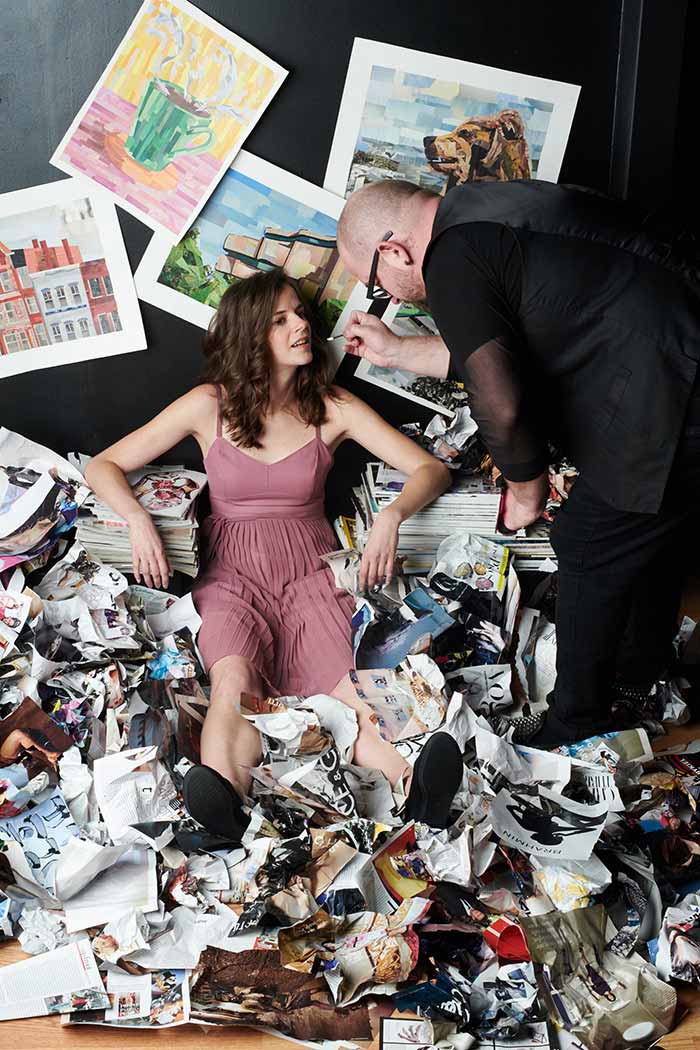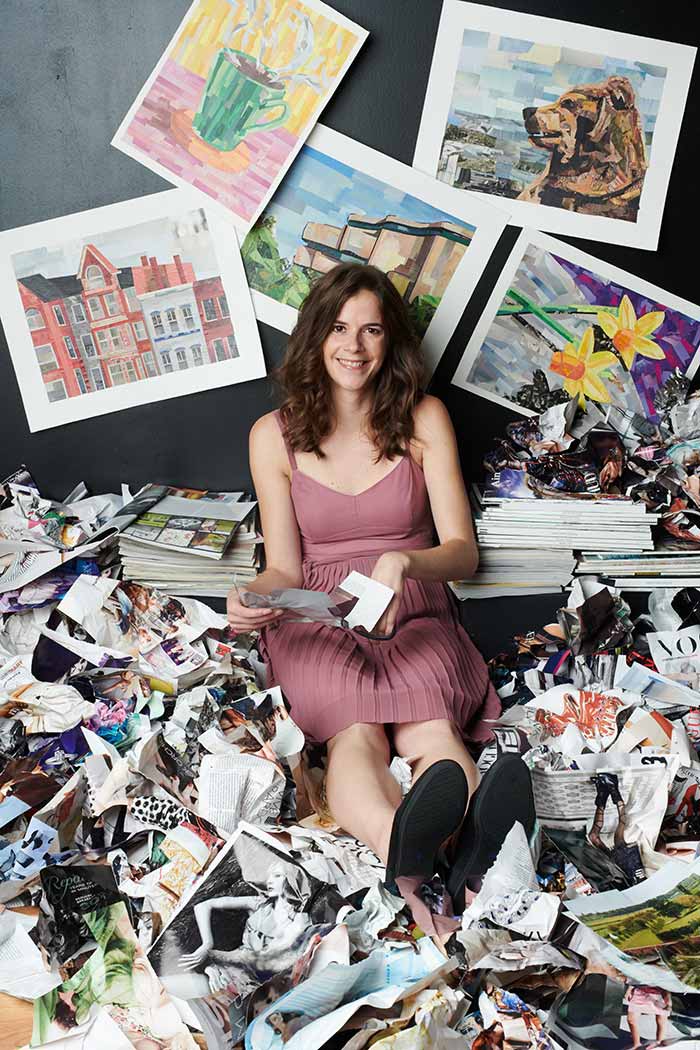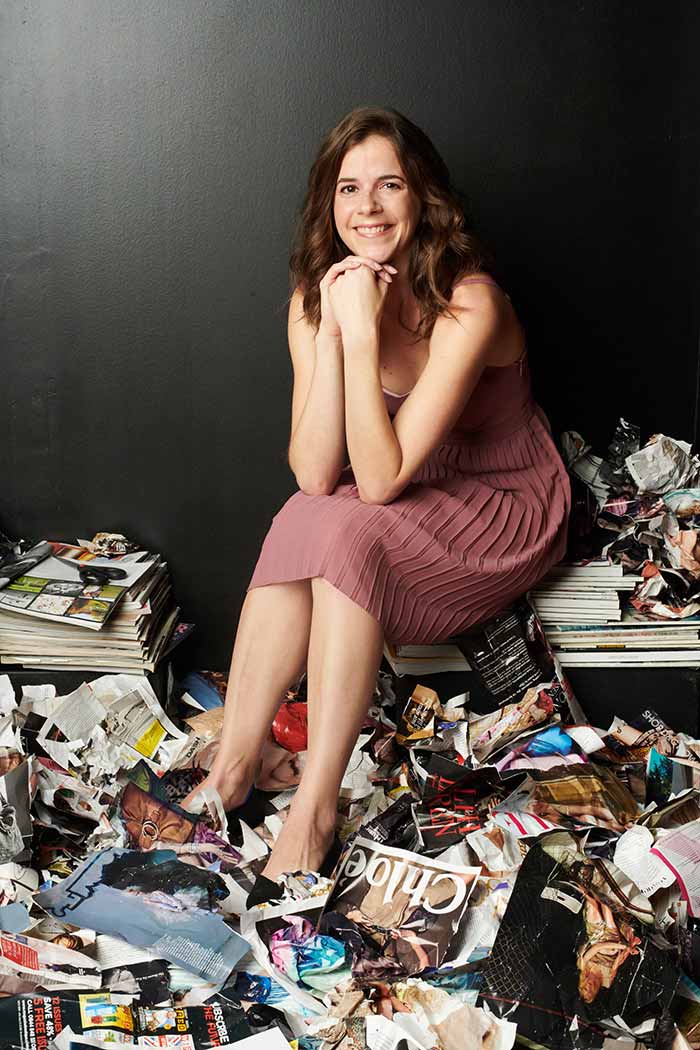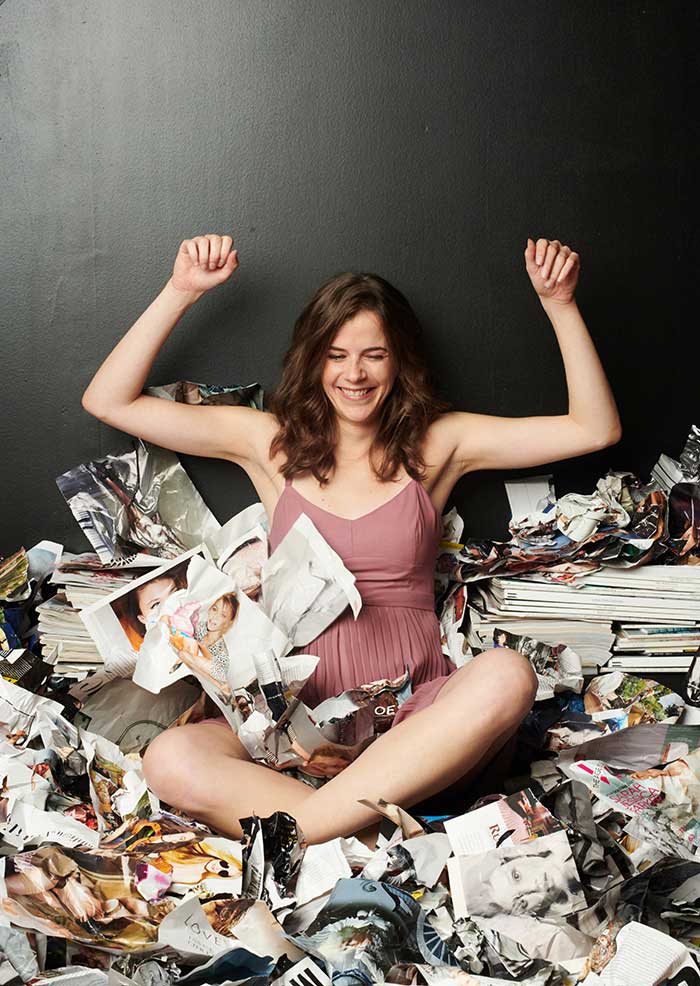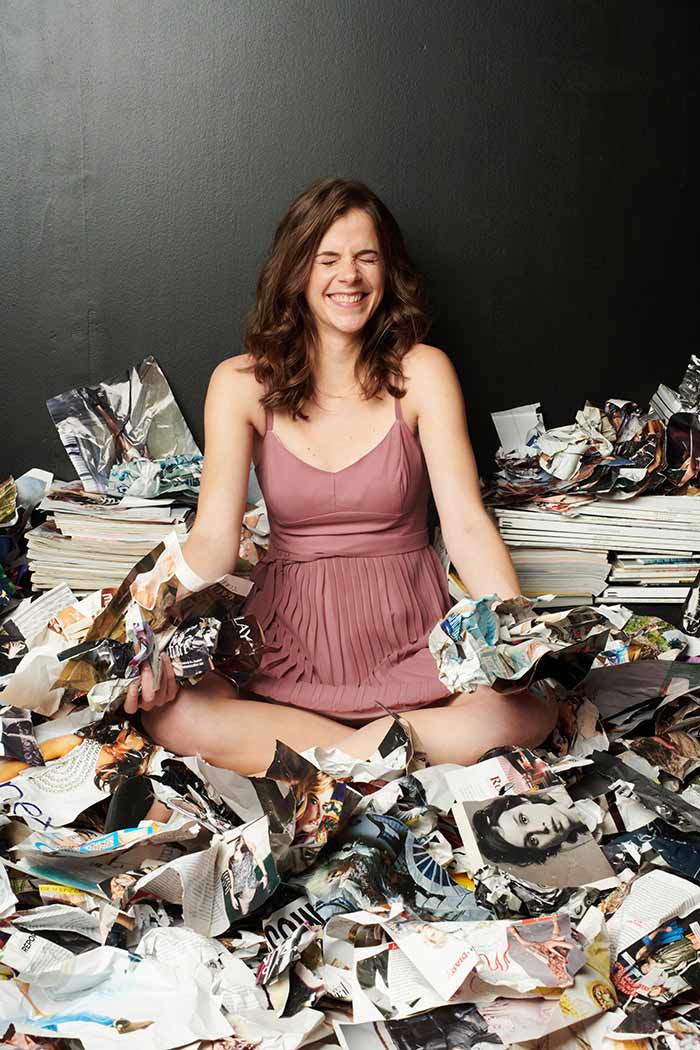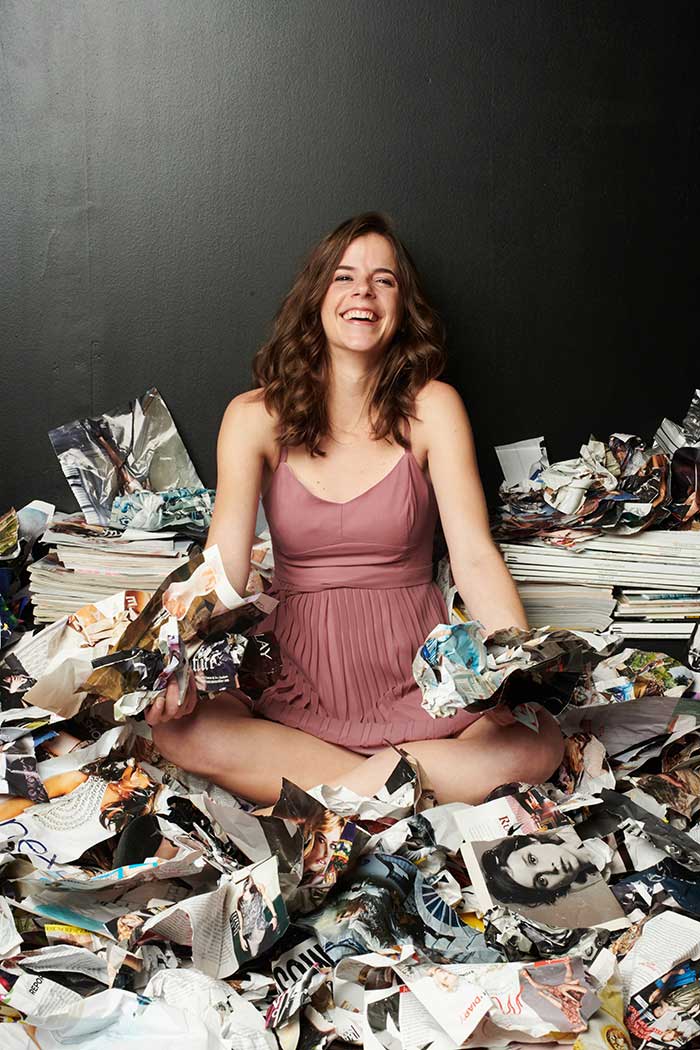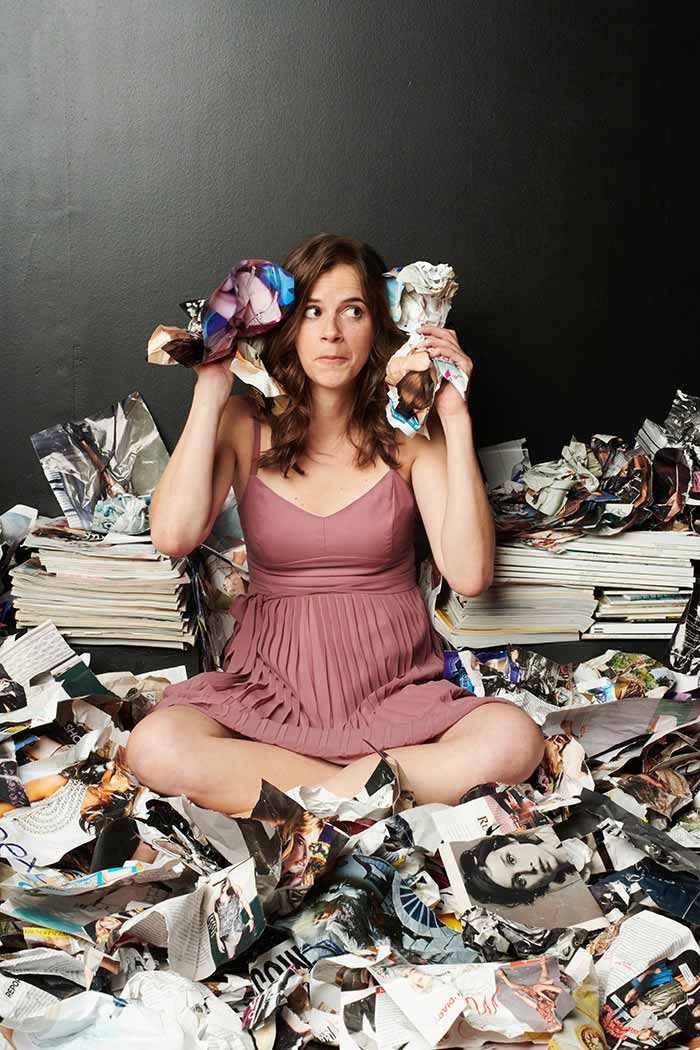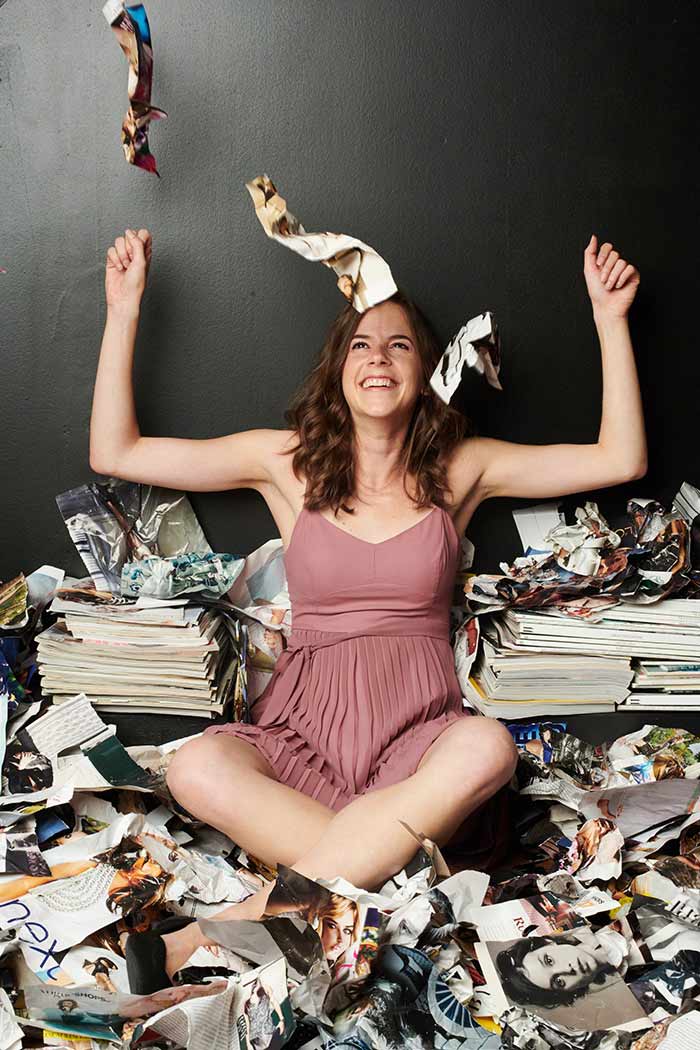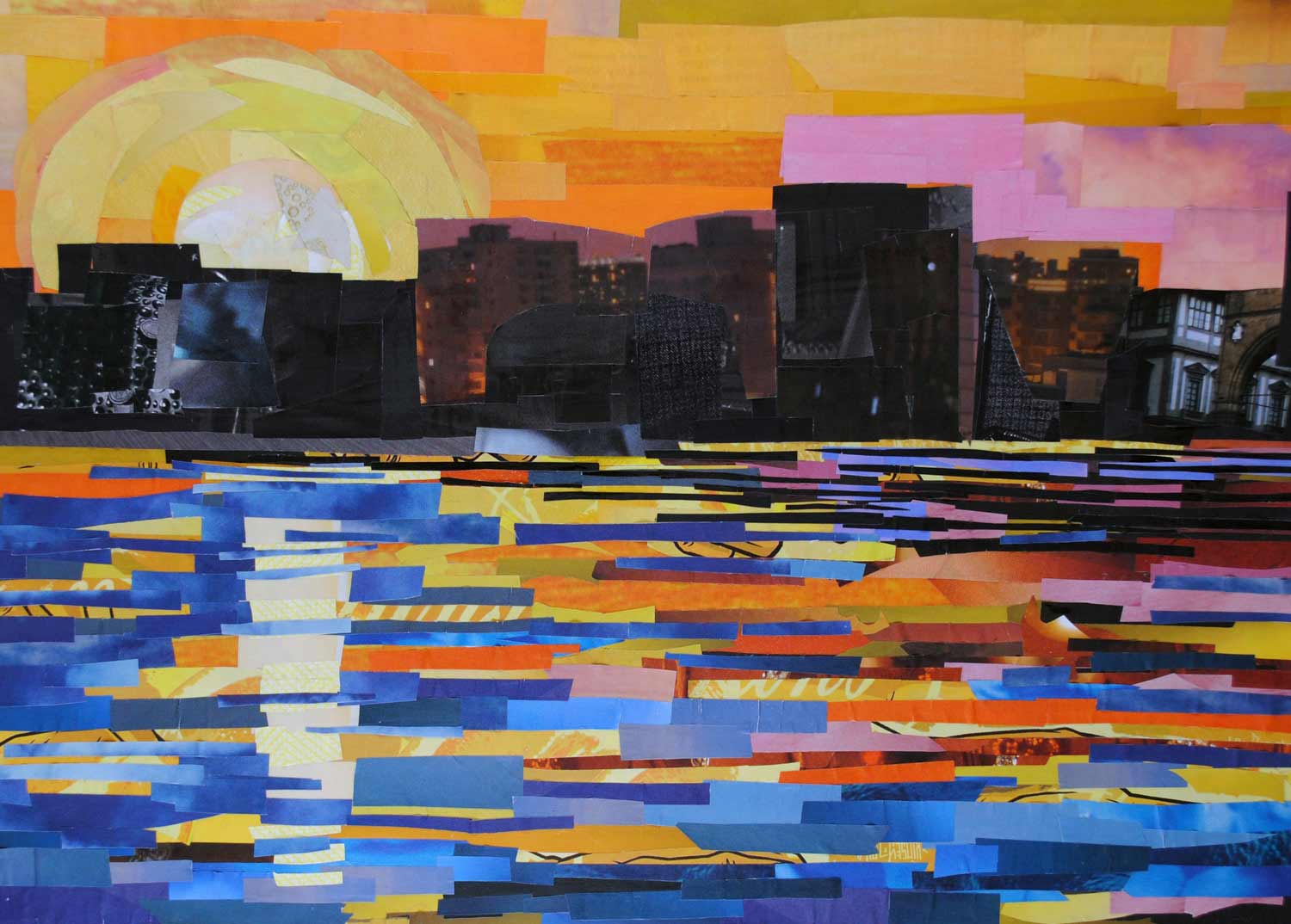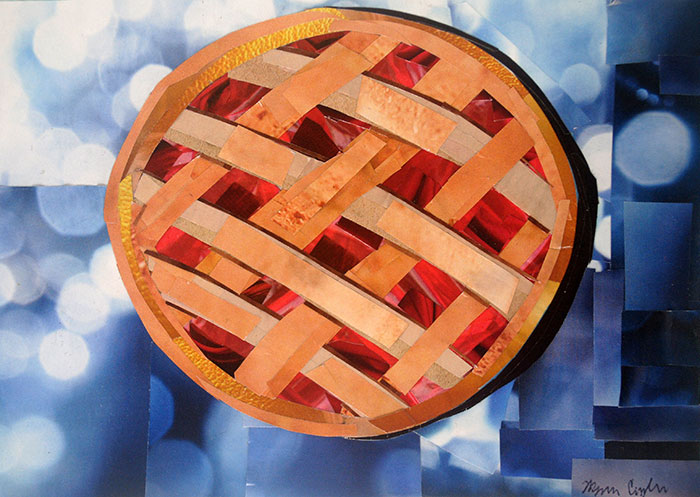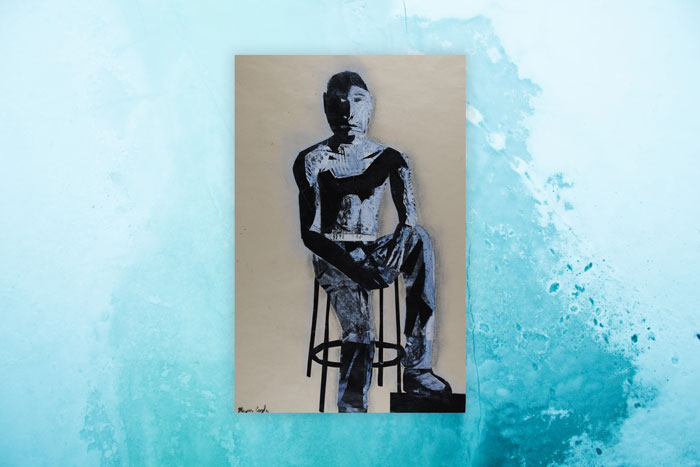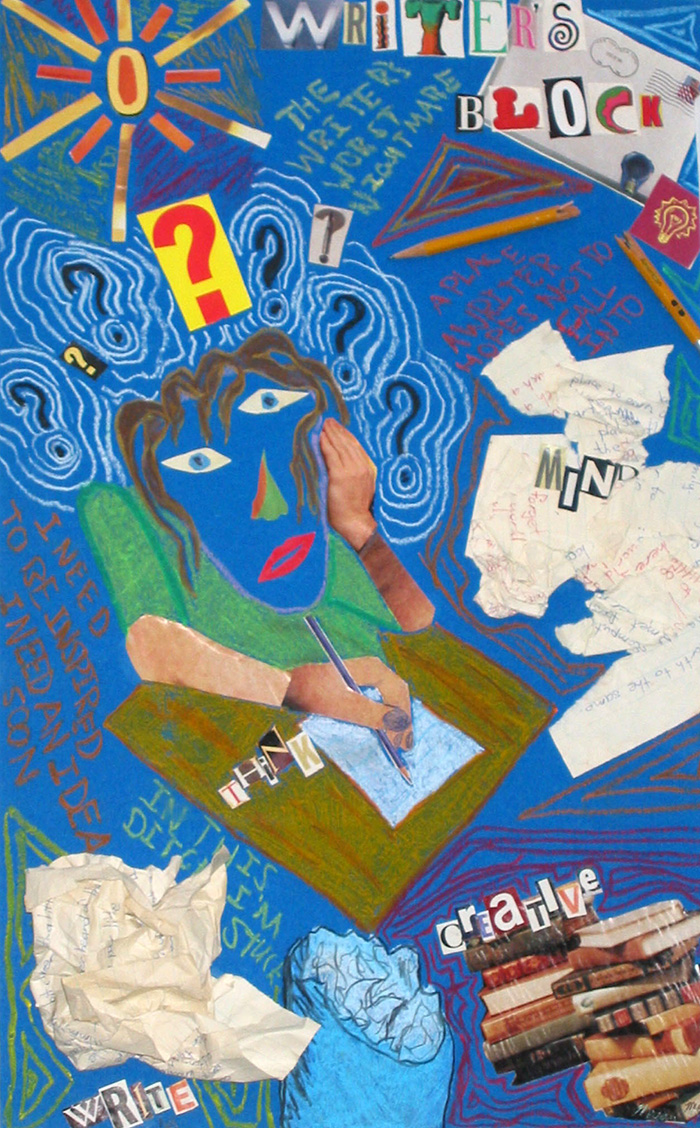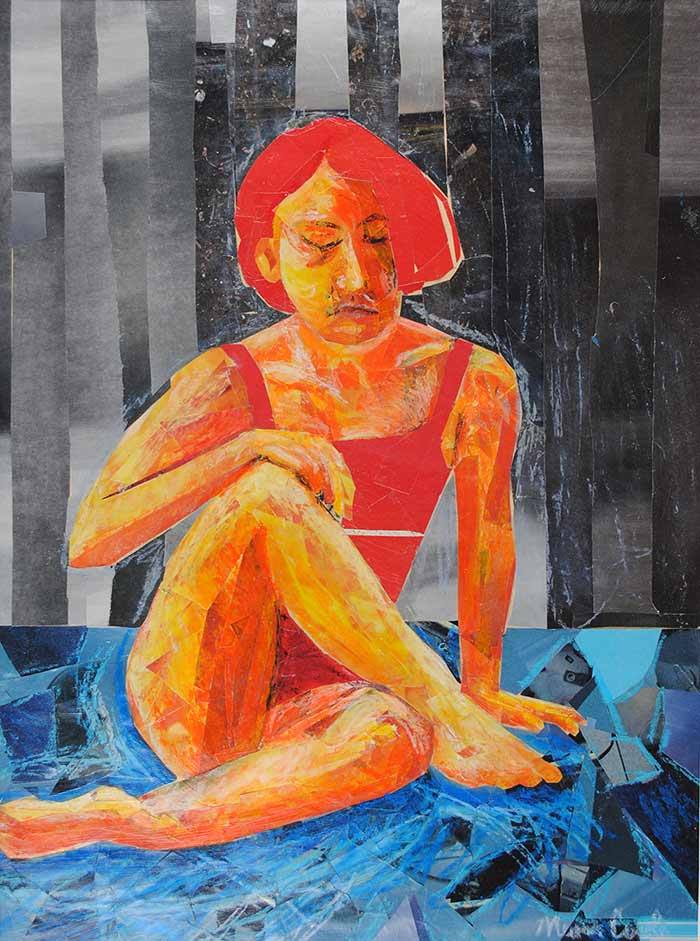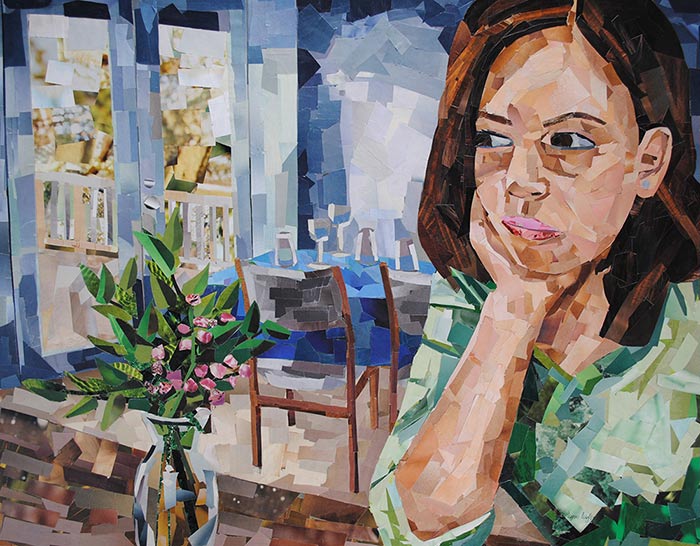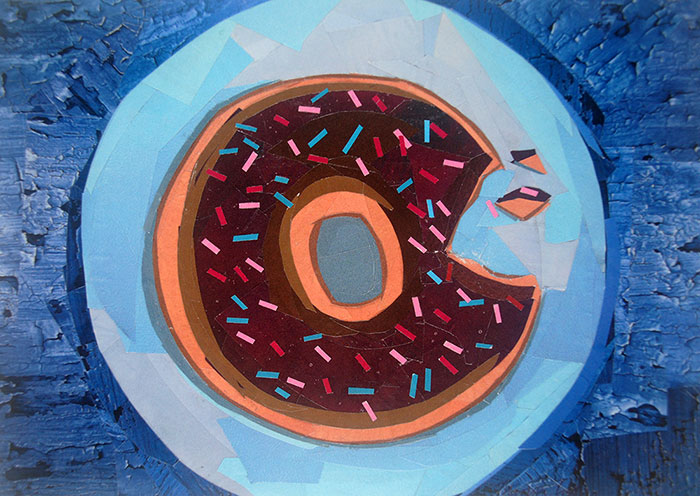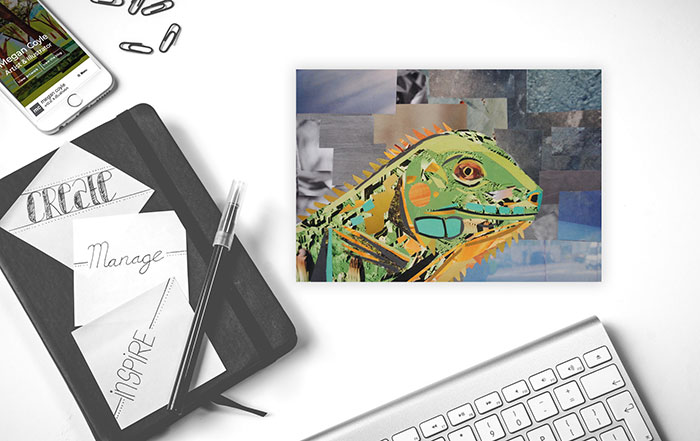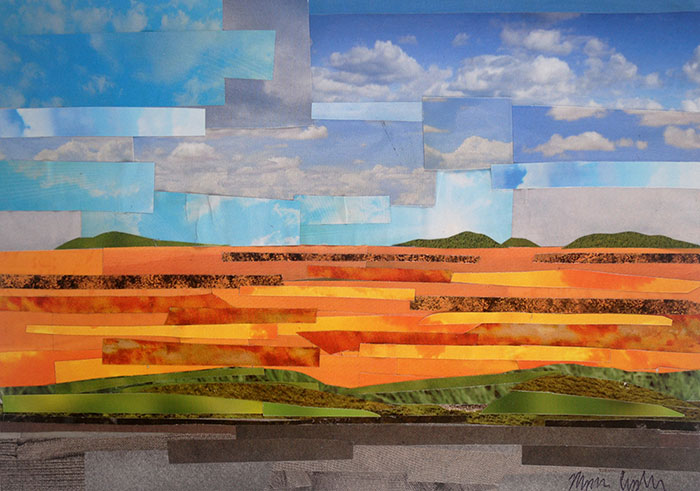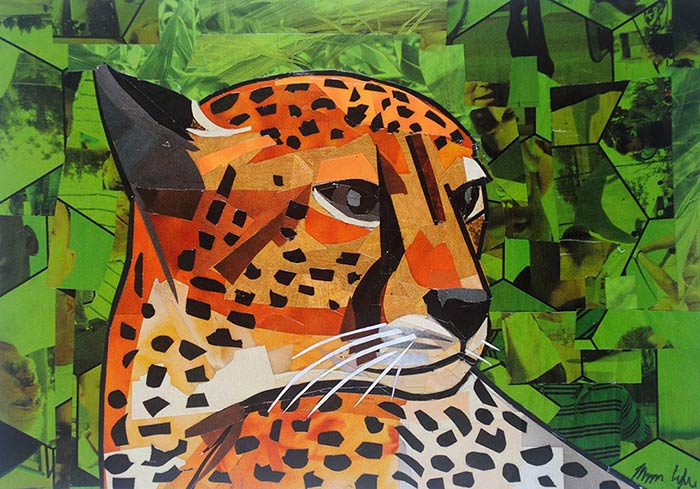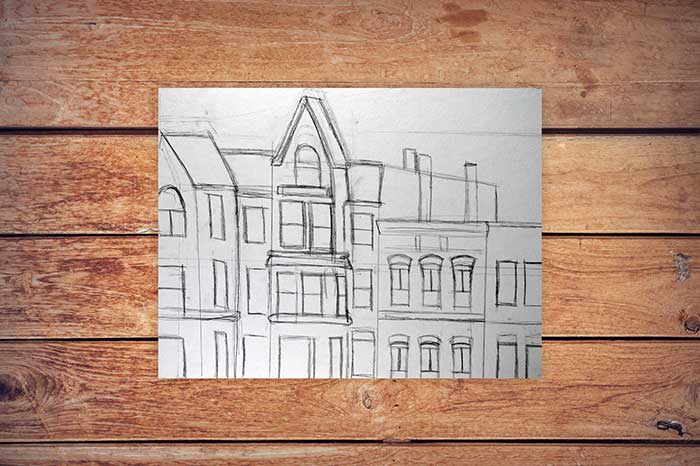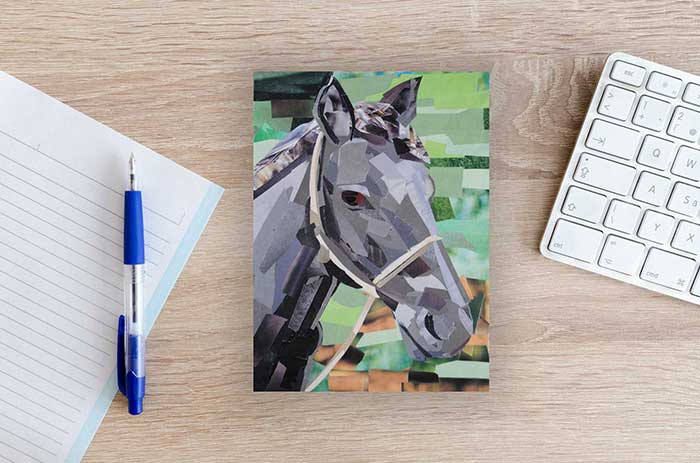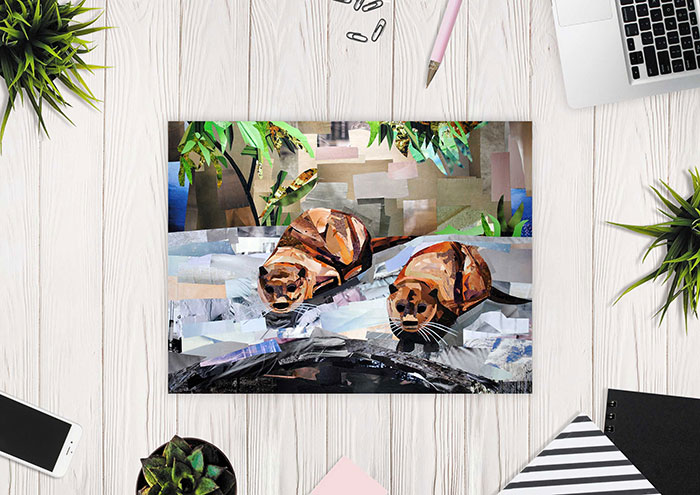
Art is a process, and figuring out your composition before you get started, will speed up the art-making process. So what does planning out your art composition really mean? It means figuring out what you’re going to create:
- Define your subject matter
- Define your color palette
- Research (let that be via practice sketches or studying the subject in more depth)
- When you’re ready to get started, sketch out your composition. That way you’ll have a guide to use as you develop the piece.
Why does planning out your composition matter?
1. Saves Time
Sketching out your composition first, saves you the time and effort of reworking your artwork when the composition you had in mind isn’t panning out. Planning this out before you start using your materials, will help you figure out what may or may not work.
2. Saves Money
Time is money after all, and if planning can save you time, it will save you money as well. Also, eliminating compositions that don’t seem to work when you sketch them out, means you don’t have to learn those lessons while working with your materials. For instance, if you’re making an oil painting, you won’t have to waste time and materials painting over an unplanned composition that just doesn’t work. Planning will uncover possible issues.
3. Defines the Vision for the Artwork
Planning can also assist with the direction of the art – with the tone, and overall look and feel.
4. More Control Over the Progress
By determining what your work of art will look like beforehand, you’ll have a better handle on how things progress.
5. Get More Consistent Results
If you have defined the vision of your work and have more control over the progress, you are more likely to get more consistent results. Identifying potential issues by working them out with sketches, will also give you more successful results.
Even after planning out your composition, there is still the possibility that it won’t work out the way you were hoping it would. These things happen, and they’re simply a part of the creative process. However, planning will ensure that more times than not, you’ll have a product you’re satisfied with.

